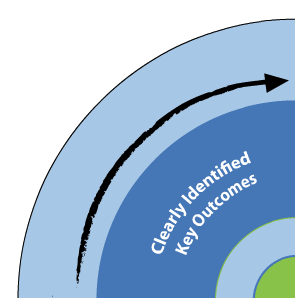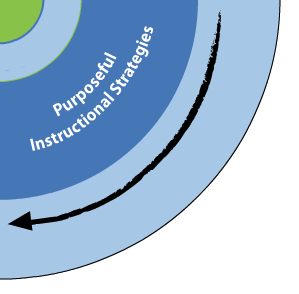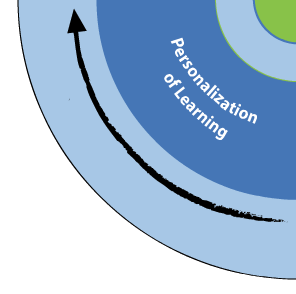strategies
Pre-Writing
Page Navigation
(Click to jump to section)
| Brief Explanation | Clearly Identified Key Outcomes | Purposeful Instructional Strategies | Personalization of Learning |
Brief Explanation
Activities to help generate or organize ideas for writing before they write the first draft (S. Graham & D. Perin, 2007).
- Everything that you do before students begin to draft their writing such as exposing students to a wide variety of good quality mentor texts.
- Providing opportunities for conversation between adults and students to generate ideas.

Clearly Identified Key Outcomes
Use your programs of study for curriculum outcomes related to pre-writing.
Please refer to CESD’s Essential Outcomes work if you are using the previous Alberta Curriculum (Grade 7+).
Here is the New Alberta ELAL Curriculum, from the New Learn Alberta website, laid out like a scope and sequence.

Purposeful Instructional Strategies
- Pre-writing strategies (not in any order):
- Think/pair/share
- Oral conversations
- Question
- Free writing
- List ideas
- Clustering ideas
- Create a topic list with input from home
- Use pictures to generate ideas/interest
- Develop a writing outline
- Teacher modelling
- Mentor texts – identifying good techniques
- Explicit teaching strategies for planning (indenting, skipping lines, where to start)
- Build background knowledge
- Brainstorming ideas – planning
- Graphic organizers
- Build vocabulary
- Co-construction of text with teacher – I write, we write, you write
- Think/talkalouds
- Peer planning conversations
- Classroom displays – word walls, vocabulary, organizational structures such as Venn diagrams, etc.
- Students keep idea lists of writing ideas/topics/images
- Show students exemplars of student writing—
- For second language writing, increase time for scaffolding:
- Pre-teaching vocabulary, explicitly teaching sentence structure



Personalization of Learning
- Offer a variety of choices for students during the planning phase – drawing, graphic organizers, verbal planning, use of technology tools, etc.
- Working in a group during pre-writing
- Significantly more time during the planning phase
- Specifically building background knowledge and vocabulary
- Visual supports for vocabulary development